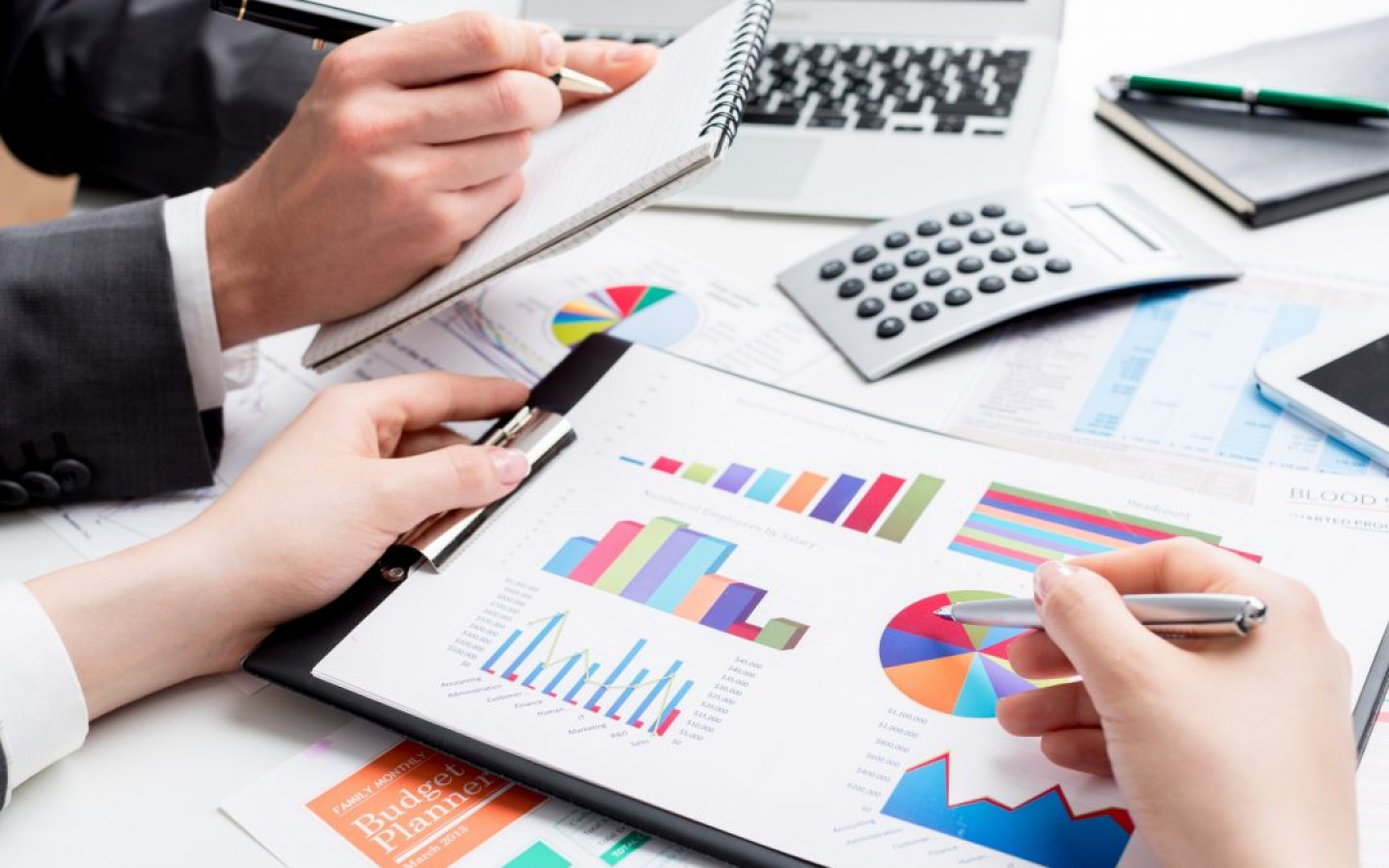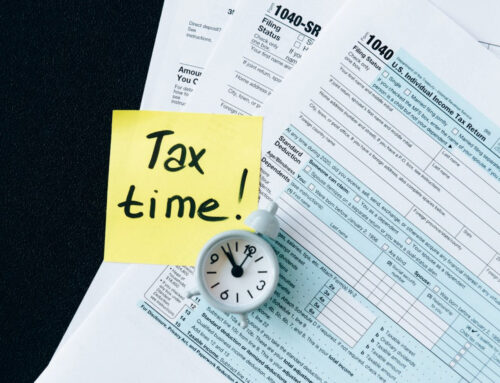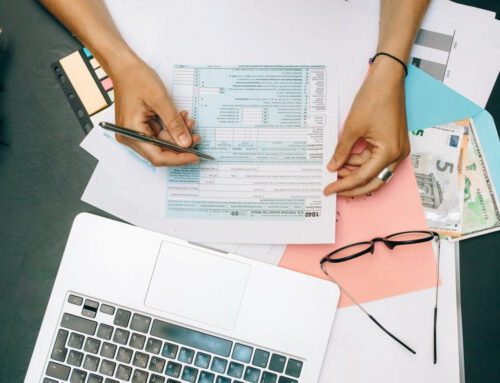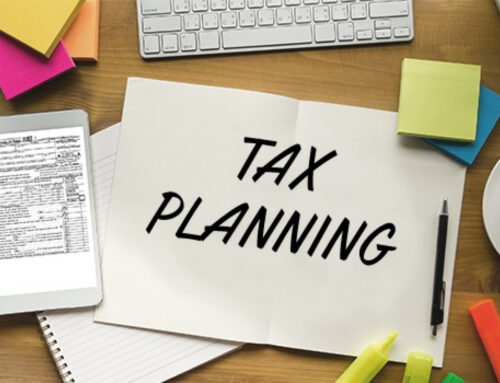Whether you’re a landlord, a small company owner, or a sole trader, the Self-Assessment procedure is basically the same.
- Sign up for a Self-Assessment
To get started, you’ll need to sign up for Self-Assessment. If you haven’t already done so, you must register for Self-Assessment by the 5th of October in the tax year following the year in which you began collecting rental revenue. If you don’t register by the deadline, HMRC may levy a penalty, so be certain to do so as quickly as possible.
When you register, you should be given a user ID and password for the Government Portal. You may use this to create your own personal tax account, which will allow you to handle your taxes online. Once you’ve registered, you may submit your landlord tax return by filling out the Self-Assessment tax return form online or on paper. Making Tax Digital, on the other hand, means that paper tax returns will gradually be phased away.
- Keep track of the deadlines for landlord tax return
Each financial year, the deadline for filing your landlord tax return is generally 31 October for paper returns and 31 January for online filings. The deadline coincides with the deadline for filing online Self-Assessment tax returns. There are consequences for missing deadlines, so don’t put off getting yours done.
- Sort through your data
It’s vital to maintain track of all of your income and spending so that you can simply locate them when it’s time to file your tax return. According to HMRC, you must keep track of the dates you rent out your property. For instance: All of your money spent and the rent you received. As per HMRC you need to preserve the lease or letting contracts, rent books, receipts, invoices, bank statements, mileage logs, and the cost of the car used for property business and its CO2 emissions for your records.
You also need the costs of any additional capital goods utilized in the property for furnished vacation lettings and commercial premises. Moreover, you must have all the papers pertaining to the purchase of the property.
The software will store much of this information; for instance, accounting software can manage and handle your records for you. You’ll also need your UTR number, which you’ll receive when you apply for Self-Assessment. It’s generally printed in HMRC correspondence about your tax return, but write it down somewhere secure so you can access it quickly when the time is right.
- Calculate your landlord’s tax deductions
You can deduct variety of costs from a landlord tax return. These can be deducted from your overall taxable profit. Some common charges are property repair and maintenance expenditures, as well as the replacement of household objects. You can also claim for leasing agent fees, fees for accounting and renting agents, insurance for landlords, and operating expenses. Furthermore, service charges, ground rent, cleaning fees, and advertising expenditures are all included as well.
Mortgage interest tax assistance has been decreased to 25% for 2019-20 and will be nil for 2020-21. It has been replaced with a 20% tax credit on mortgage interest payments.
- Complete the landlord tax return
When you fill out your landlord tax return online, the HMRC system reacts to the information you give, eliminating parts that aren’t applicable. It will inquire as to the source of your income, customizing the return to your specific circumstances.
Landlords in the United Kingdom will need to fill out the UK property component, which will notify HMRC about:
- Rental revenue and other receipts from land or property.
- Earned money by renting out furnished rooms in your own house.
- Premiums from land leases in the UK.
- Payment of your tax
HMRC will compute your tax bill and send it to you. You may check how much you owe if you file online by going to ‘View your calculation.’ The fastest ways to settle your tax due are as follows:
- Banking through the internet or by phone
- Chapters (Clearing House Automated Payment System)
- Online, you can pay with a debit or corporate credit card (personal credit cards are not accepted).
- At your financial institution or building society
- You can also pay by Bacs, check, or Direct Debit, although these methods take longer to process.
It’s critical to pay your account as soon as possible since there are consequences for failing to do so.
Changes in the tax code for landlords
Government announces the landlord tax adjustments. While we’ve tried to provide a comprehensive list of everything you need to remember for your tax return, the actual amount you owe will be determined by your unique circumstances and how things evolve in the future.







